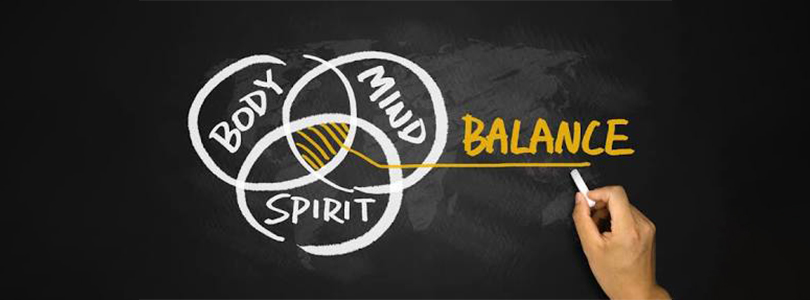Five basic elements of material existence (Panchabhootas)
According to Ayurveda all materials in this world are made up of five basic elements. They are
- Space: Provides space for the material.
- Air: Provides shape and movement.
- Fire: Provides energy.
- Water: Provides cohesion, keeps different particles of matter together.
- Earth: Gives mass to the material.
This is applicable to any matter on this universe from an atom or even its constituents. If the matter has its own qualities and actions, then they are made up of five elements. The difference in relative concentration of these elements results into the formation of different materials. Ayurveda understands all the materials that can be used for treatments based on this theory.
Three basic functional particles of body (Tridoshas)
In short, vata provides kinetic energy, kapha potential energy and pitta transforms one to other. Vata is depleting, kapha is nourishing, pitta balances. So it is clear that they are performing complex functions and a balance between them is necessary to maintain health. Dosha is a Sanskrit word meaning ‘err’. Doshas can be imbalanced easily, that is why they have got that name. In order to maintain health doshas should be of optimum quantity and quality. Clinically, Ayurveda mainly concentrates on the level of doshas and to correct the imbalances. There are other constituents of body like digestive fire (agni), tissues, waste materials, channels, ojas (essence of body) which are also needed to be in balance to maintain health. But doshas superimpose others and have an important role in maintaining the health of other body constituents as well.


Ayurvedic body constitution (Prakruti)
As per the state of doshas in various factors of fertilization, the resulting progeny has a basic dosha pattern, which remains unchanged to death. This basic dosha pattern is responsible for individual physical and mental characteristics. Ayurveda calls this dosha pattern as prakruti (Ayurvedic body constitution). Understanding of Ayurvedic body constitution helps to understand diet, life style and medicines that are most suitable for a person. In Ayurveda, among all lifestyle recommendations prakruti is the most important one.
An individual is a body-mind-spirit complex
While dealing with an individual, Ayurveda always considers spiritual, mental and physical aspects. So Ayurveda advises diet, lifestyle and treatments accordingly.
Like increases like
Doshas, other body constituents, medicines, seasons, places, everything are interpreted according to their attributes in Ayurveda. Ayurveda works based on the principle that ‘things of same attributes can increase each other and things of different attribute can decrease each other’. For example, a food that has qualities similar to vata increases vata and an activity which has opposite qualities of kapha can decrease kapha. So when your body is too cool, have something hot. However, if you are not sure about what to eat, better seek help.
Balance is health
Ayurveda defines health as a ‘balance of doshas and other body constituents, proper waste elimination, and wellness of sensory perception, mind and spirit.’ Nature is changing from seasons to seasons. So is our body, it is different in different times of day, seasons, phases of life and according to the food, activities and emotions we consume. So it is important to balance the change in your body and external world through proper food and lifestyle.

